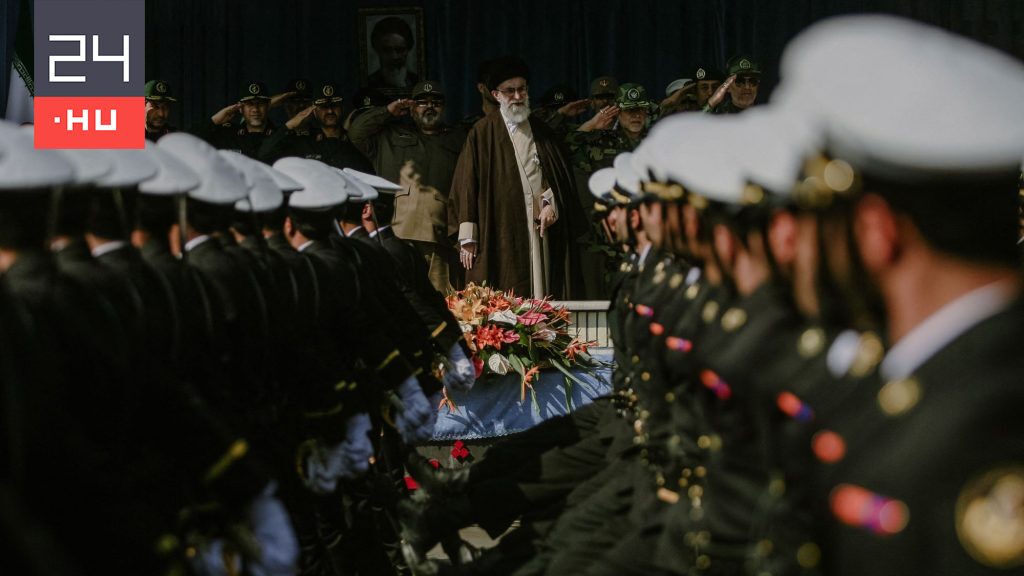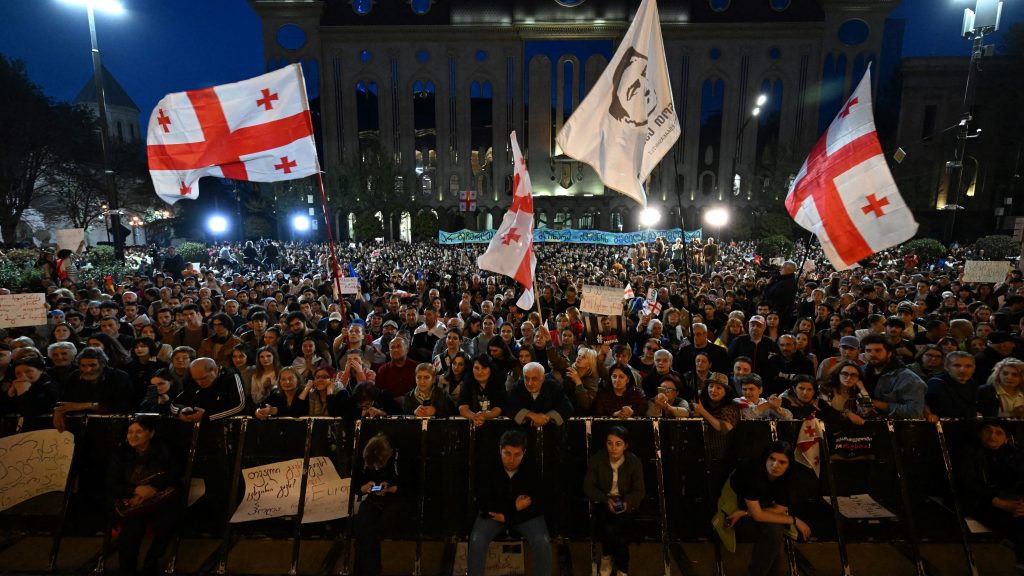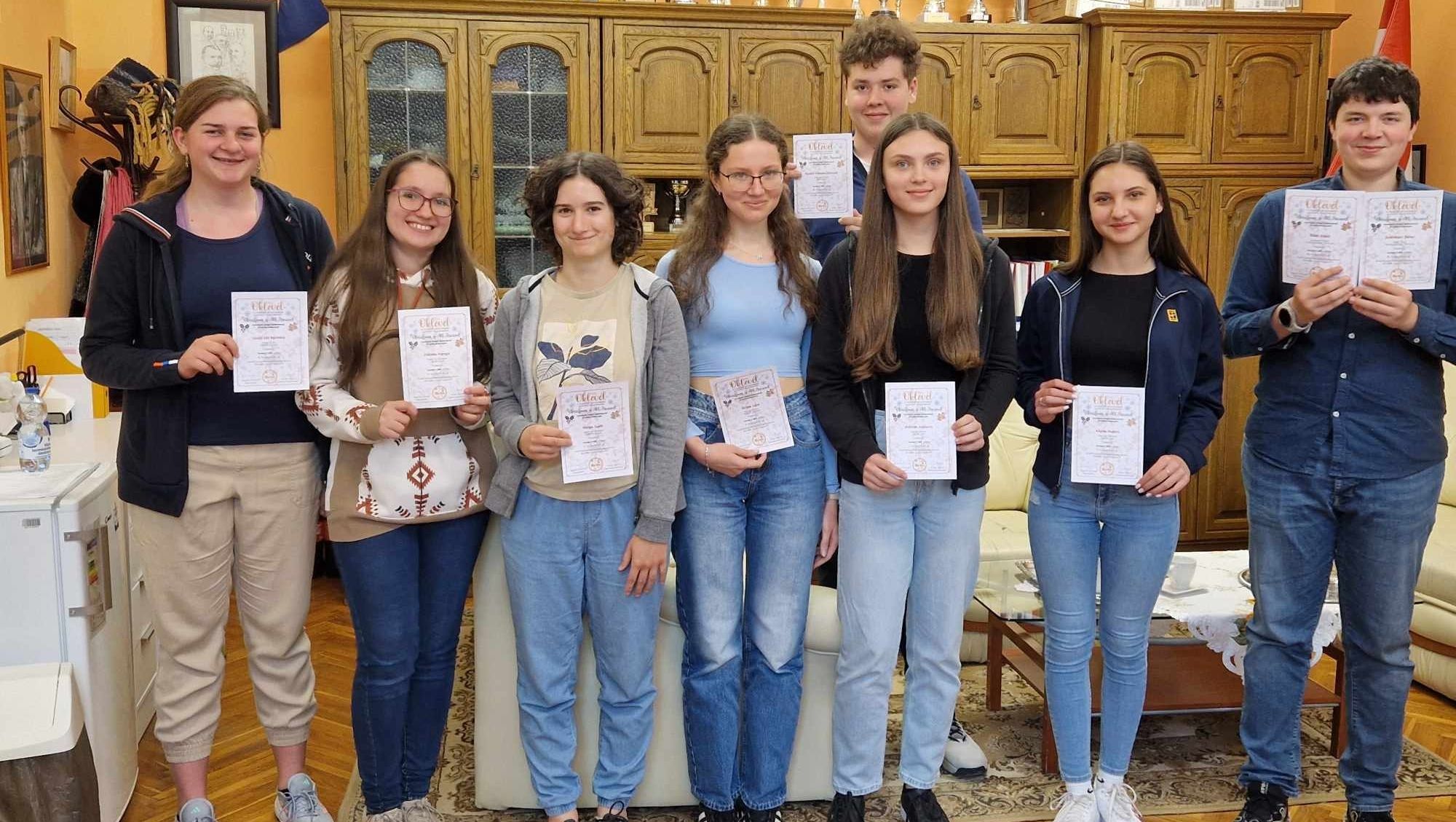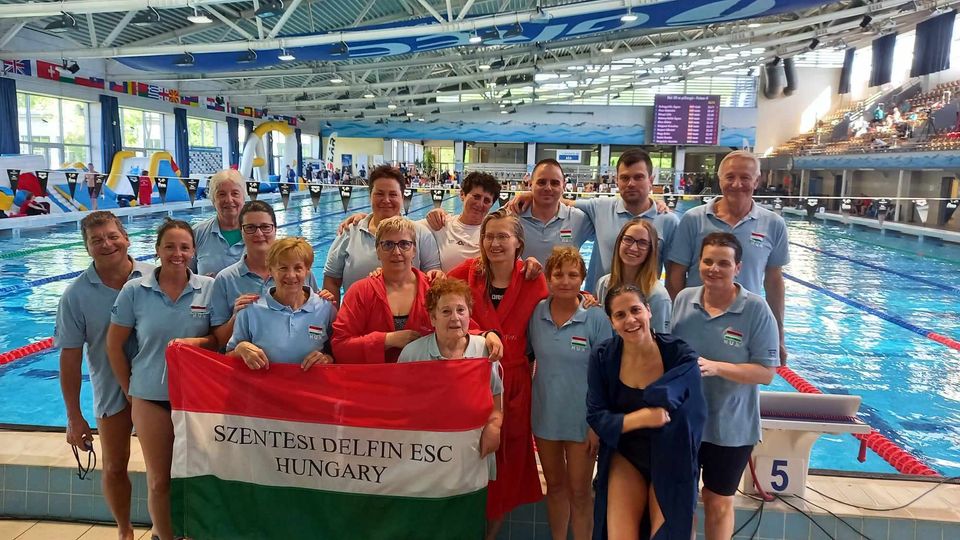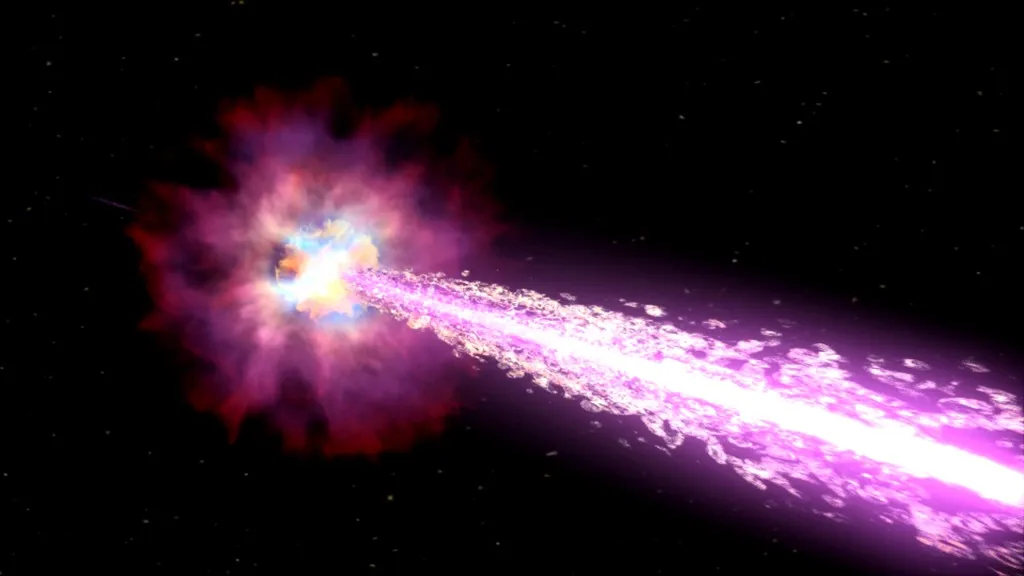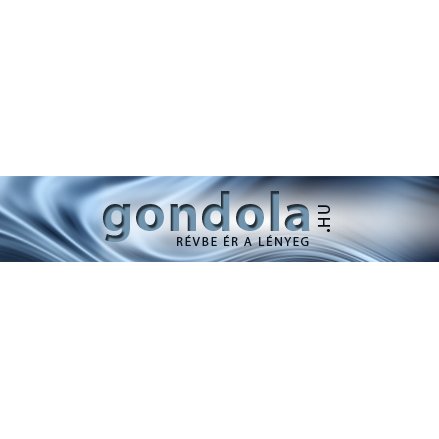September 21, 2021 23:12
The Homeland Studies Association, which operates as an umbrella organization, held its annual historic conference in the officers’ wing of Komarom. At the conference, topics were presented mostly about the highlands, as well as the publication of the huge encyclopedia of the National Institute of Strategic Research on the fortified castles and places of the highlands and Transcarpathia.
The conference was opened by Laszlo Szarka, who determined the fate of the Hungarians in the Highlands after Trianon in his presentation. However, he was greeted by Oliver Frater, mayor of the National Institute for Strategy Research, Mayor Bella Kissig, and Bella Debrecchini Droban, president of the Association for Home Studies.
On the opening day of the two-day conference, David Bencze also spoke, presenting the position of Janos Esterhazy to conference participants. Peter Prohaska presented the “discovery” of the nineteenth century to the archeology of the highlands, while Andor Mizzaros presented a picture of the Slovaks and their changes. At the end of the day, Pal Chesky gave a wide-ranging lecture on the present and future of the Hungarians in the Highlands.
This was followed by the fortified places of the Highlands and Transcarpathia I-II. NS. View of volumes by Ákos Karczag, Tibor Szabó, Olivér Fráter, Gyöngyi Schwarz and Boglárka Ress on behalf of the publisher NSKI.
The authors spoke about the process and difficulties of library research, data collection, and on-site surveys. They thanked the professional reviewers and consultants for their invaluable assistance in processing the material and for the many years of support from the National Institute for Strategy Research to demonstrate this monumental work. Oliver Frater explained the national strategic importance of publishing, and historian Rogel Poglarca evaluated the work from a professional point of view.
So far, no brief work or cadastral record of the castle has been written about the fortified places in the Highlands and Transcarpathia. Hungarian-language publications on this topic were written at the beginning of the twentieth century, even in the era of dualism. Today, however, these valuable works have lost their relevance. Articles and small studies describing the archaeological excavations of the past 100 years were carried out in the Slovak language, and only the brief works dealt with the most important fortified sites, which are also important from the point of view of tourism.
The cadastral record of the Hungarian fortress of Ákos Karczag and Tibor Szabó, which shows more than 700 fortified places, is a work that fills a gap in all respects. In the alphabetical order of the castle and place names, they show the complete history of the construction of a fortified place, from their first mention to the end of the 19th century. The articles are richly illustrated with original photographs, maps, reconstruction drawings, and floor plans. The publication begins with an introductory study in Hungarian, English and German, and contains the most complete bibliography on the topic in Hungarian and Slovak. This castle cadastre is a very important source for further historical and urban research and historical, architectural and artistic analysis, and is an essential work for all researchers of the castle over the next thirty years.
The two-volume publication Fortified Places of the Highlands and Transcarpathia is not commercially available, being made available by the National Institute for Strategic Research to major libraries, institutions of higher education, and research institutes.
On the second day of the session, on Sunday, lectures on local history and local knowledge continued in the ceremonial hall of the upscale officers’ suite. The results of his research were presented by Vilmos Gallo (the reformer orphanage under Trianon), Istvan Gocek (on the frontiers of the Old and New World. Bratislava in 1914-1919), and Akos Csunka (the last Hungarian bishop in the Highlands., Aguston Fischer Kolbri).
The fieldwork of knowing home was then mentioned for the first time in a lecture by Jenő Görföl, (Home studies have been working in the highlands for a hundred years). And then Maria Szani: The treasure hunt program showcased the role it plays in fostering local association. Árpád Korpás provided an account of the value creation and brokerage activities of the Bratislava Kifli Civic Association. Finally, Zsuzsanna Dikácz outlined the activities of the Szalkai country house in the service of local identity; Last but not least, Andrea Rancsó presented the activities of the Highlands Depot, as well as its traditions and opportunities for innovation.
felvidek.ma




